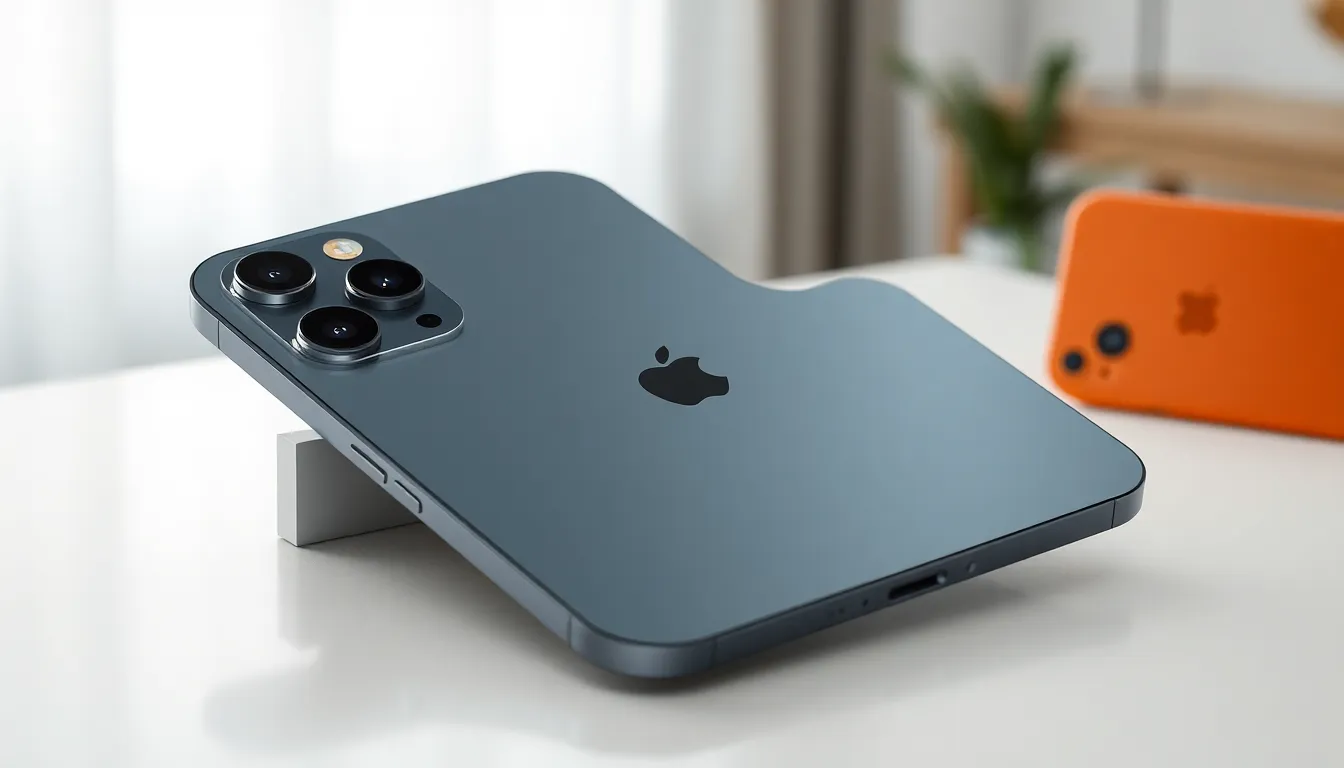Incognito mode on Chrome can feel like a secret agent mission—sneaky browsing without leaving a trace. But what happens when that mission goes rogue? Whether it’s an accidental tap or a curious kiddo exploring your phone, turning off incognito mode on your iPhone can be crucial.
Table of Contents
ToggleUnderstanding Chrome Incognito Mode
Incognito mode on Chrome allows for private browsing that doesn’t save history or site data. It’s beneficial for users who want a layer of privacy while navigating online.
What Is Chrome Incognito Mode?
Chrome incognito mode functions as a private browsing feature. It prevents the browser from storing session data such as browsing history, cookies, and form inputs. Users can open incognito tabs to prevent others from viewing their searches. The mode proves useful when conducting sensitive searches or accessing personal accounts on shared devices.
When to Use Incognito Mode?
Incognito mode serves specific scenarios effectively. It’s ideal for searching sensitive topics that users prefer to keep confidential. When logging into personal accounts on shared devices, it helps maintain privacy. Users might also choose incognito mode when they want to test website appearances without affecting their primary browser’s cache. For temporary online purchases where tracking isn’t desired, this feature provides added anonymity.
Reasons to Turn Off Incognito Mode

Turning off incognito mode on an iPhone addresses several important considerations. Users often find inherent risks associated with privacy and device monitoring.
Privacy Concerns
Incognito mode doesn’t offer complete anonymity. Browsing activity may still be visible to internet service providers and network administrators. While it prevents local history from being saved, it doesn’t stop websites from tracking user behavior through IP addresses. For those concerned about overall digital footprints, using regular browsing is likely a better option. Ensuring personal data stays secure often outweighs the perceived privacy benefits of incognito mode.
Monitoring Usage
In certain households, monitoring device usage becomes necessary, especially with children. Allowing incognito mode can lead to undisclosed browsing activity, potentially exposing them to inappropriate content. Parents may prefer transparency, especially concerning online safety. Disabling incognito mode helps maintain oversight while ensuring devices are used responsibly. Knowing what activities occur on shared devices fosters healthier digital habits for all users.
Steps to Turn Off Chrome Incognito Mode on iPhone
Turning off Chrome’s incognito mode on an iPhone involves a few simple steps. Following the guide below makes the process straightforward.
Accessing Chrome Settings
To begin, open the Chrome app on the iPhone. Look for the three dots icon located at the bottom right corner of the screen. Tapping that icon reveals a menu with various options. Select “Settings” from this list to access customization options. In the Settings menu, users can find preferences related to privacy and browsing. From there, they can manage settings to suit their needs and preferences more effectively.
Disabling Incognito Mode
After accessing settings, users should navigate to the “Privacy” section. This area contains options about browsing behaviors. Look for the option related to incognito mode. Since Chrome does not provide a direct toggle for disabling incognito mode, closing all incognito tabs effectively ends the private browsing session. Swiping down on the tabs view allows users to close each tab individually. Doing this ensures that incognito mode is no longer active.
Alternative Methods to Manage Chrome Privacy
Managing privacy in Chrome on an iPhone extends beyond incognito mode. Various methods enable users to ensure a more controlled browsing experience.
Using Screen Time Settings
Screen Time settings on an iPhone allow for enhanced monitoring and control of app usage. Users access these settings by opening the iPhone’s Settings app and selecting “Screen Time.” From there, they can set limits on Chrome usage. By implementing these restrictions, parents can manage how much time children spend on private browsing. Users can also restrict app access entirely during certain hours. Utilizing this feature fosters a safer environment by preventing unwanted incognito browsing sessions.
Exploring Other Browsing Options
Exploring alternative browsers may offer enhanced privacy controls. Browsers like Firefox and Safari include features for managing privacy effectively. Safari, for instance, provides an option for private browsing that ensures similar benefits without the drawbacks of incognito mode. Users may find it easier to monitor history and settings with these alternatives. Additionally, many browsers offer built-in tools for blocking trackers and managing cookies, enhancing online security. Trying different browsers can lead to a better browsing experience tailored to individual privacy preferences.
Turning off Chrome’s incognito mode on an iPhone is a straightforward process that can help maintain transparency and responsible device usage. By closing all incognito tabs, users can effectively end private browsing sessions and return to regular browsing. This small step is particularly important for families wanting to monitor online activity and ensure a safer digital environment for children.
While incognito mode offers privacy benefits, it’s vital to remember that it doesn’t guarantee complete anonymity. Regular browsing may be a better option for those concerned about their digital footprint. Exploring alternative browsers with enhanced privacy controls can further improve online safety and user experience. Embracing these practices promotes healthier digital habits for everyone.






